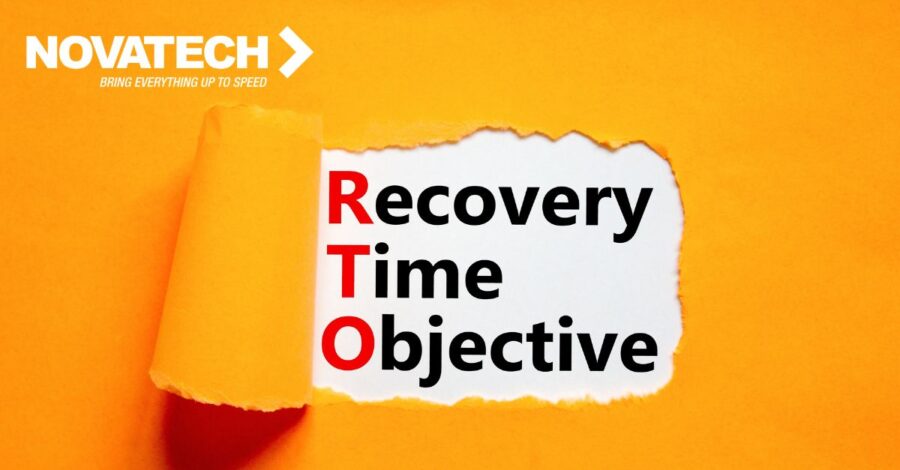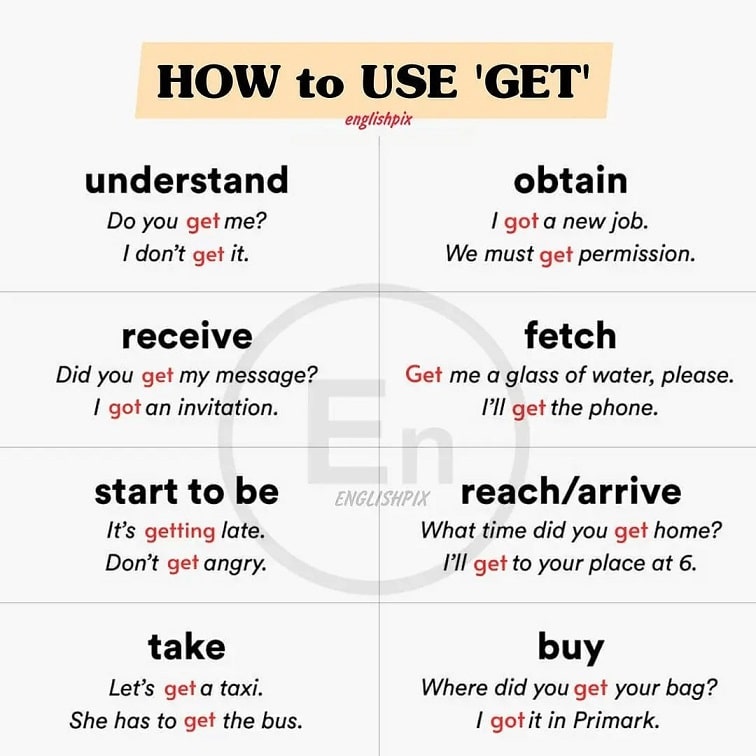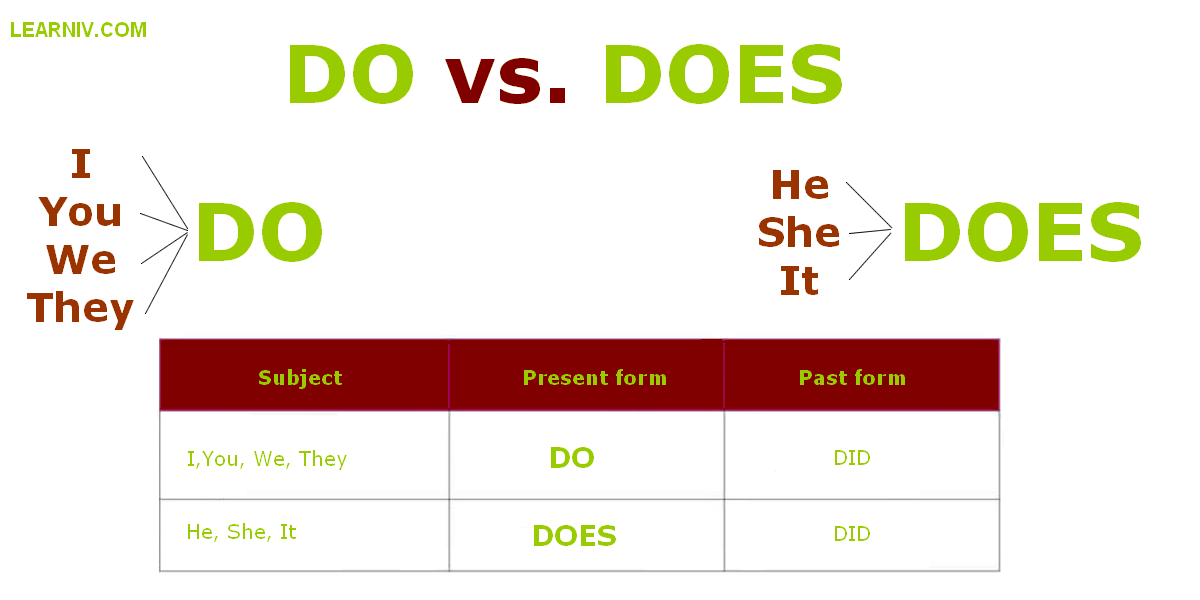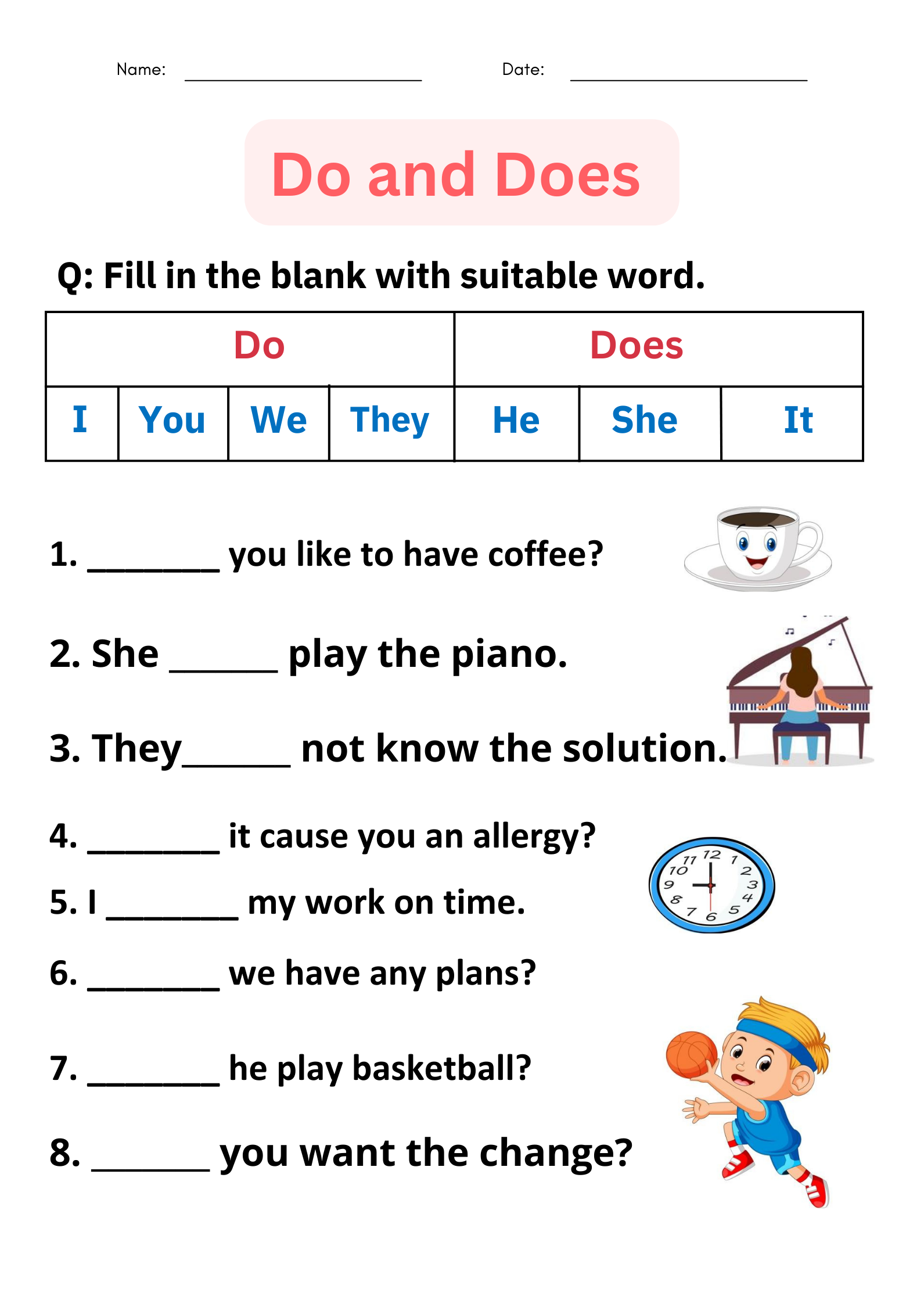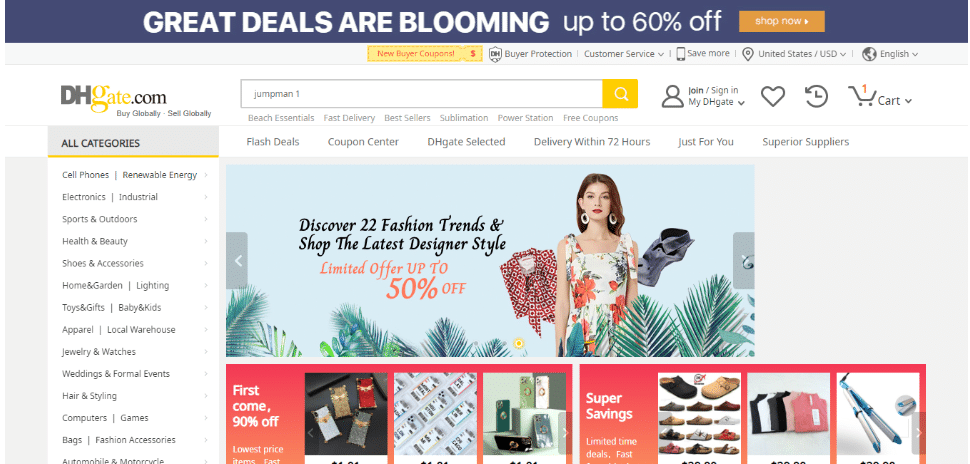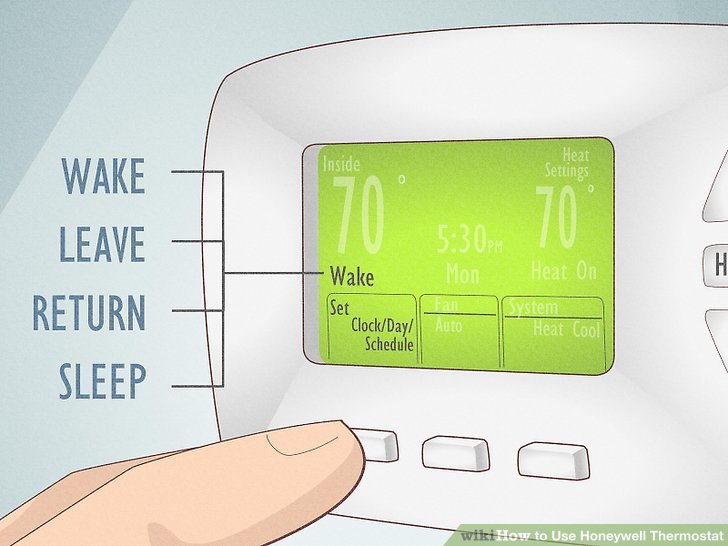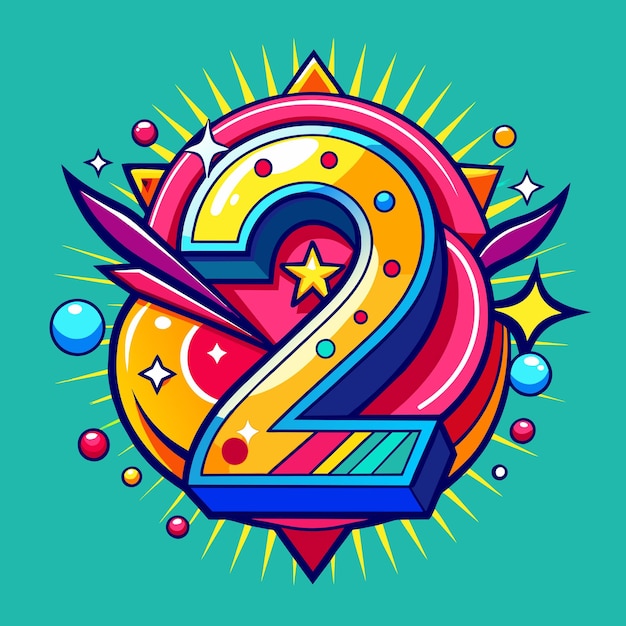Your Complete Guide to Launching a Successful Lifestyle Blog
Introduction: Why Start a Lifestyle Blog?
Creating a lifestyle blog is a powerful way to share your unique life experiences, perspectives, and interests with a global audience. Whether your passion is travel, wellness, home decor, fashion, or everyday living, a lifestyle blog allows you to build a community, develop your personal brand, and even generate income through various monetization strategies. Lifestyle blogs are especially popular because of their flexibility-you can focus on a single niche or cover a variety of topics that inspire you. Starting a lifestyle blog is accessible to anyone willing to invest time and creativity, but achieving lasting success requires careful planning and strategic action. [1]
Step 1: Define Your Niche and Unique Voice
The most successful lifestyle blogs stand out by focusing on a defined niche. This could be anything from minimalist living, eco-friendly parenting, solo female travel, or city apartment decor. Start by identifying the aspects of your lifestyle that you are passionate about and that others may find useful or inspiring. Consider your experiences, skills, and the types of content you naturally enjoy creating. Narrowing your focus helps attract readers who share your interests and positions you as an authority in that area. [2]
For example, if you love healthy cooking and fitness, your blog could center on practical wellness tips for busy professionals. If you’re a new parent, your content might offer insights on navigating family life. Defining your niche is the first step in building a loyal audience and differentiating your blog in a crowded market.
Step 2: Choose a Blogging Platform
Once you’ve identified your niche, you need to select a blogging platform. The most widely recommended option is WordPress.org, which gives you full control over your site, design, and monetization options. Other options include Squarespace, Wix, and Blogger, but WordPress.org remains the standard for serious bloggers due to its flexibility and scalability. [2]

Source: bloggingguide.com
To use WordPress.org, you will need to purchase web hosting and a domain name (your blog’s address on the internet). Hosting providers like Bluehost, SiteGround, and DreamHost are well-known, but compare features such as customer support, uptime, and scalability before committing. Once you have hosting, you can install WordPress with a single click through your provider’s dashboard.
Step 3: Pick a Memorable Domain Name
Your domain name is your blog’s online identity. It should be easy to remember, spell, and reflect your brand or niche. Ideally, choose a
.com
If you find your desired domain is already taken, try creative variations, use your name, or add relevant words that clarify your niche. For example, if “UrbanOasis.com” is taken, consider “UrbanOasisLife.com” or “TheUrbanOasisBlog.com.”
Step 4: Design and Brand Your Blog
Appearance matters. Choose a clean, modern theme that reflects your style and makes navigation easy for readers. WordPress offers a wide range of free and premium themes specifically designed for lifestyle blogs. Look for themes that are mobile-responsive, customizable, and optimized for speed. [3]
Branding your blog includes selecting a color scheme, logo, and consistent visual style. Tools like Canva can help you create graphics and logos without design experience. Consider setting up a Pinterest board to organize design inspiration and ideas for your blog’s look and feel. [4]
Step 5: Create Essential Pages and Content
Before launching, create core pages that every lifestyle blog should have:
- About Page: Share your story and explain what readers can expect from your blog.
- Contact Page: Provide a way for readers and brands to reach you. Include a contact form or email address.
- Privacy Policy & Disclaimer: These are required if you plan to collect data or monetize your blog. WordPress offers privacy policy templates, and you can find up-to-date guidelines from official privacy organizations.
Start by publishing a few high-quality, evergreen posts that showcase your expertise and voice. Aim for posts that solve problems, address common questions, or share personal experiences in depth. For example, “10 Simple Morning Routines for Productive Days” or “How I Transformed My Small Apartment Into a Cozy Retreat.” [1]
Step 6: Install Essential Plugins and Tools
WordPress plugins extend your blog’s functionality. Some essential plugins include:
- SEO Plugins: Tools like Yoast SEO help optimize your posts for search engines.
- Analytics: Google Analytics provides insight into your traffic and audience behavior. You can sign up for a free account at analytics.google.com.
- Social Sharing: Plugins that add share buttons make it easy for readers to spread your content.
- Security: Plugins like Wordfence or Sucuri help protect your blog from threats.
For detailed setup instructions, consult the official WordPress Plugin Directory or your hosting provider’s knowledge base.
Step 7: Plan and Publish Your First Posts
Content planning is crucial for attracting and retaining readers. Start by outlining topics that align with your niche and audience interests. Use a content calendar to schedule posts and maintain consistency. Your first posts should introduce your blog’s themes and provide immediate value, such as practical tips, how-to guides, or personal stories. [3]
As you gain confidence, experiment with different formats-photo essays, interviews, product reviews, or video content. Engage readers by asking questions, inviting comments, and encouraging them to share your posts on social media.
Step 8: Promote Your Blog and Build a Community
Promotion is key to growing your audience. Begin by sharing your posts on personal social media profiles and creating dedicated accounts for your blog on platforms like Instagram, Pinterest, and Facebook. Pinterest is especially effective for lifestyle bloggers due to its visual focus and active user base. [4]
Engage with other bloggers by commenting on their posts, participating in online forums, and joining blogging groups. Consider guest posting on reputable blogs in your niche to reach new audiences. Building genuine relationships and offering helpful content are the most effective ways to attract loyal readers over time.
Step 9: Monetize Your Lifestyle Blog
Many lifestyle bloggers earn income through various streams, but monetization requires patience and a focus on providing value. Common methods include:
- Affiliate Marketing: Promote products you love and earn a commission on sales made through your referral links. Major retailers like Amazon and established affiliate networks such as ShareASale and CJ Affiliate offer programs for bloggers.
- Sponsorships: As your audience grows, brands may offer compensation for sponsored posts or product features. Always disclose sponsored content according to FTC guidelines.
- Ad Revenue: Display ads through networks like Google AdSense or Mediavine once your traffic reaches a certain threshold.
- Products & Services: You can create and sell digital products (ebooks, online courses) or offer consulting and coaching services based on your expertise.
Be aware that income potential varies widely, and building an audience comes before significant earnings. [5]
Step 10: Troubleshooting and Continuous Growth
Challenges are inevitable-whether it’s writer’s block, slow traffic growth, or technical issues. Address these by staying consistent, seeking feedback, and continuously learning. Utilize free resources such as WordPress support forums, blogging communities, and reputable marketing websites. Staying updated with trends, SEO best practices, and audience preferences will help your blog remain relevant and engaging.

Source: ryrob.com
Set aside time regularly to analyze your blog’s performance using Google Analytics and adapt your content strategy based on what works best for your audience. Don’t hesitate to experiment with new topics, formats, or promotional tactics to keep your blog fresh and exciting.
Conclusion: Taking the First Step
Launching a lifestyle blog is an exciting venture that combines creativity, connection, and the potential for personal and professional growth. By following the steps outlined above-defining your niche, choosing the right tools, creating valuable content, and engaging with your audience-you can build a blog that reflects your passion and makes a real impact. Remember, success in lifestyle blogging is a journey that rewards persistence, authenticity, and ongoing learning.
References
- Blog Tyrant (2025). How to Start a Lifestyle Blog in 2025 [Profitable Examples]
- WPZOOM (2025). How to Start a Lifestyle Blog: Easy Guide for Beginners
- Katie Did What (2023). How to Start a Lifestyle Blog
- Crazy Egg (2024). How to Start a Lifestyle Blog With Little to No Money
- Start a Mom Blog (2021). How to Start a Lifestyle Blog
MORE FROM mumsearch.com
